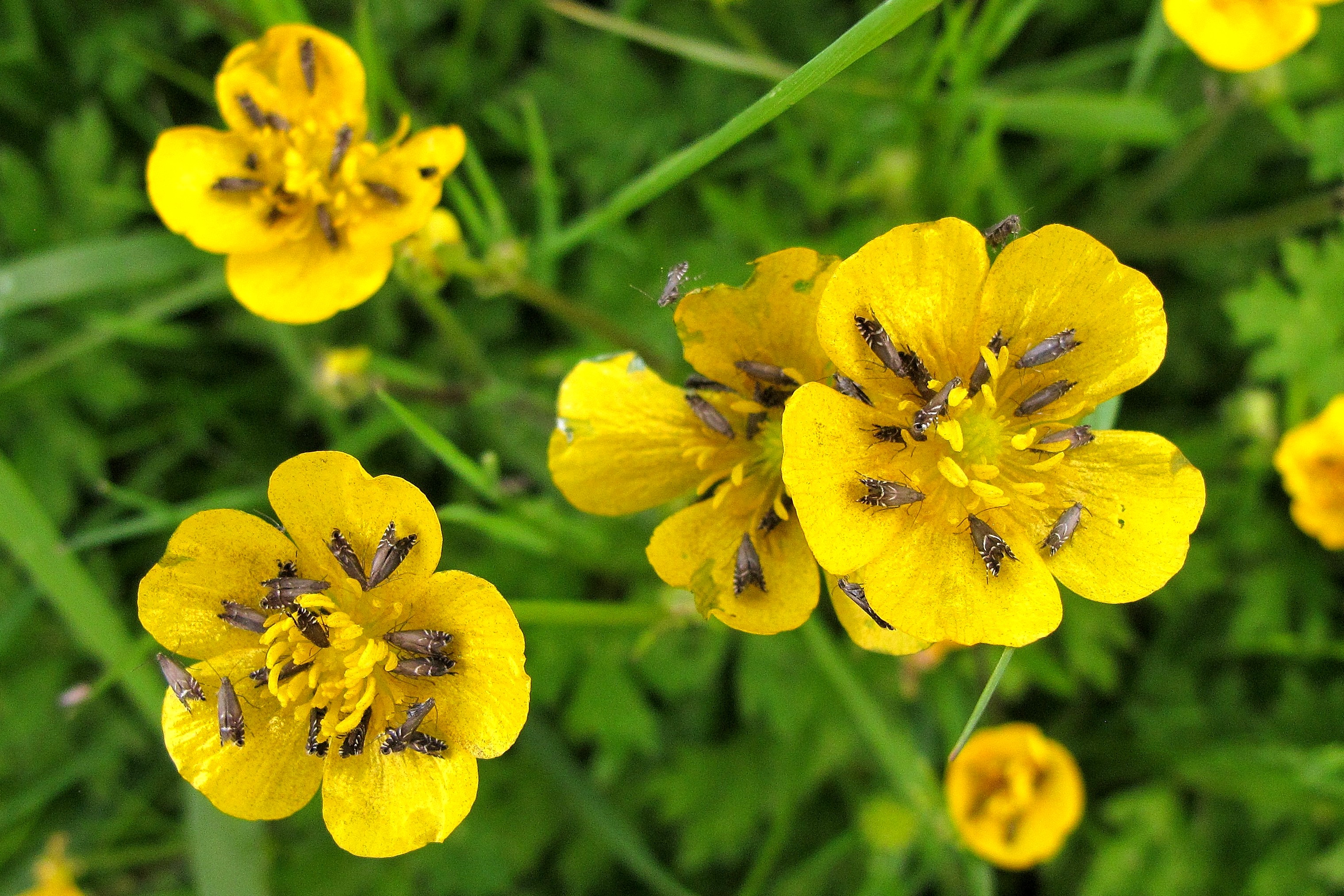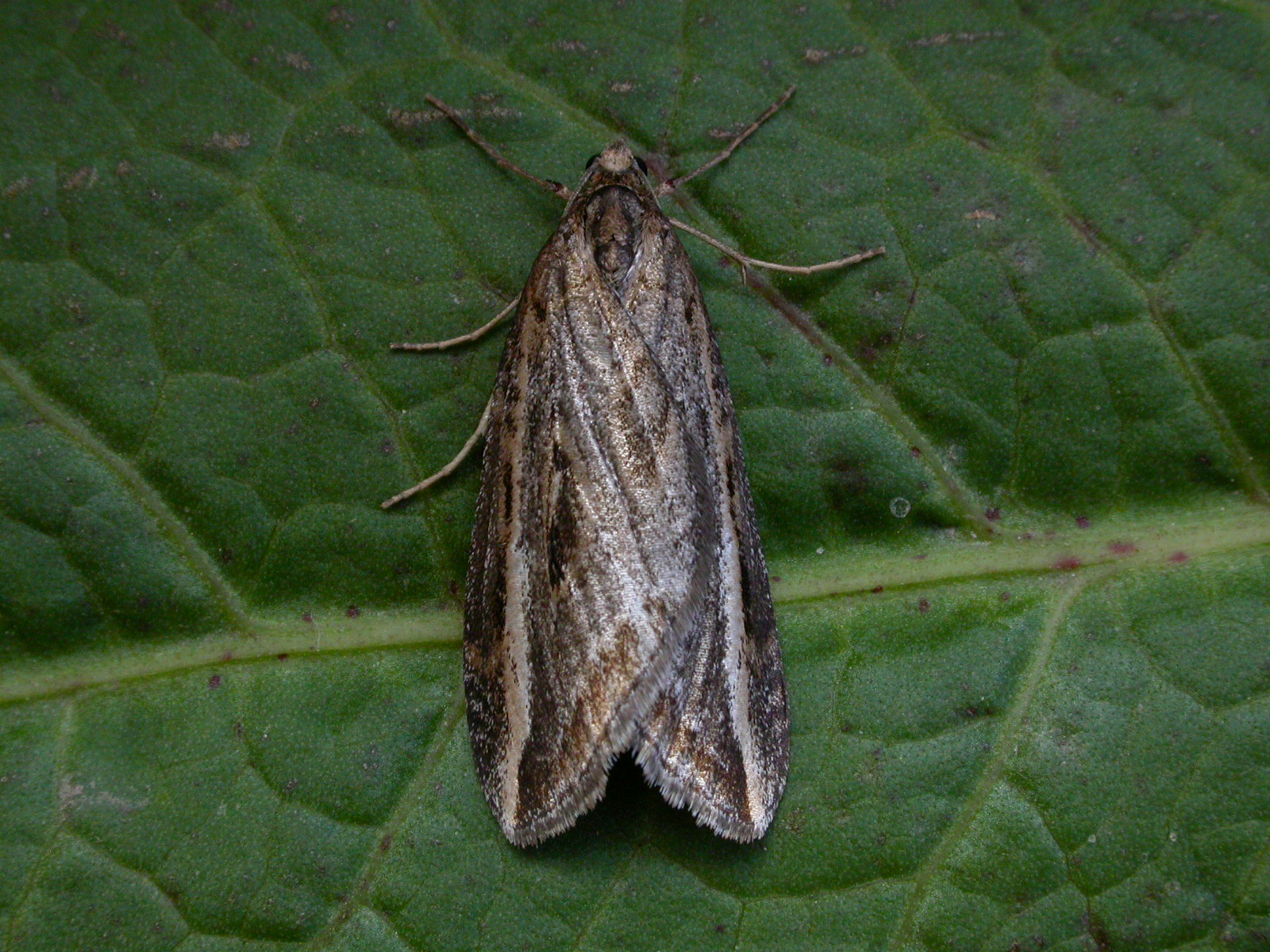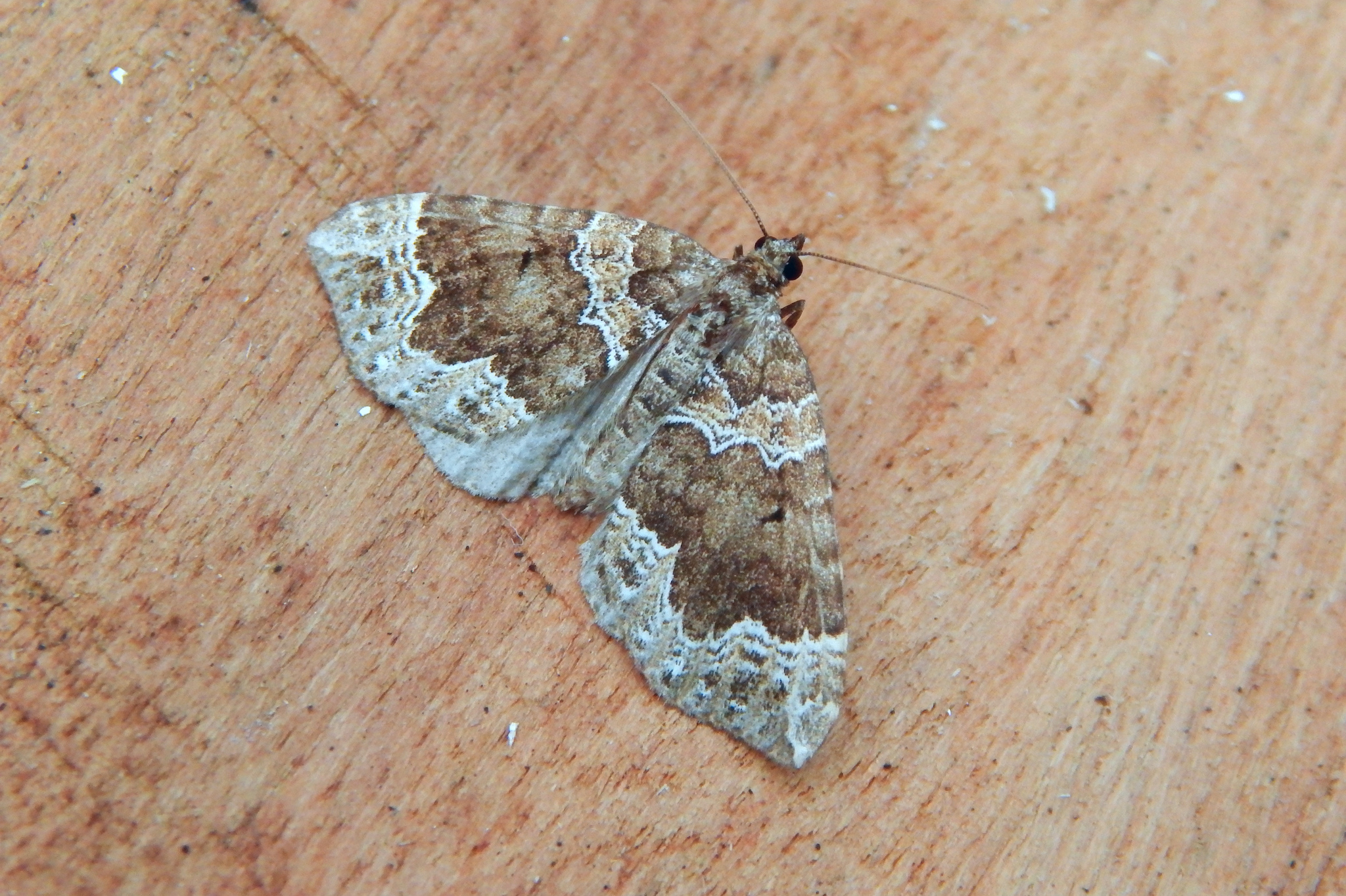This is the first ‘micro-moth’ to make it to Moth of the Week. This is not before time as there are 956 species of micros in Scotland (from the BC Scotland Scottish Micro moth Distribution Maps 2019) compared to only 558 of the ‘macro’ moths (from BC Scotland 2017 Scottish Macros list)! I am glad to say that this arbitrary and unhelpful division between some types of moth and others is now fading and, with the help from fantastically illustrated books and even better web-sites (both featuring living moths rather than pinned specimens), more people are identifying moths regardless of which family they belong to. Of course it is often much more difficult to find out which species you have and for a great number you have to resort to looking through the microscope at carefully prepared specimens of their genitalia.
This particular moth is much better known and has a well established common name – unlike many micros who relatively recently have had new name invented for them. The tiny (4mm long) Cocksfoot moth is very common and found throughout Scotland wherever Cocksfoot grass grows. This is a very robust and easily identified grass of richer ground which is very attractive to grazing animals in general from cows to a number of different species of moth larvae!
On sunny days at the end of May and throughout June these moths gather in large numbers on ‘open’ flowers such as hawkbit and buttercups. While actively feeding on nectar the moths also use these flowers as a place to select a mate and can be seen running around ‘pumping’ their wings open and closed. The eggs are laid in the grasses seed heads and the young caterpillars feed within the very nutritious seeds. As they grow larger the greenish-white caterpillars with dark brown-black heads tunnel into the stem of the grass and eventually pupate within a white, papery cocoon. Before they do so the caterpillar gnaws a hole in the stem (about a metre from ground-level) through which the emerging moth will escape. These holes (possibly several to a stalk) can easily be seen in the dying and dead stems throughout the winter and are very characteristic of this species allowing ID from this feature alone.
This moth* probably occurs everywhere that Cocksfoot grass grows i.e. all of lowland D&G at least. At the moment we only have 50 records of this species and all have been of the adult moth, 49 of which were found during the day (the last came to a moth trap!). Keep a look out for the adults during the next month and look for the signs of the caterpillar during the autumn and winter.
*Note – there are five other species of Glyphipterix in D&G some of which are similar to G. simpliciella but can be relatively easily separated from the descriptions in the Field Guide to Micro moths book.




